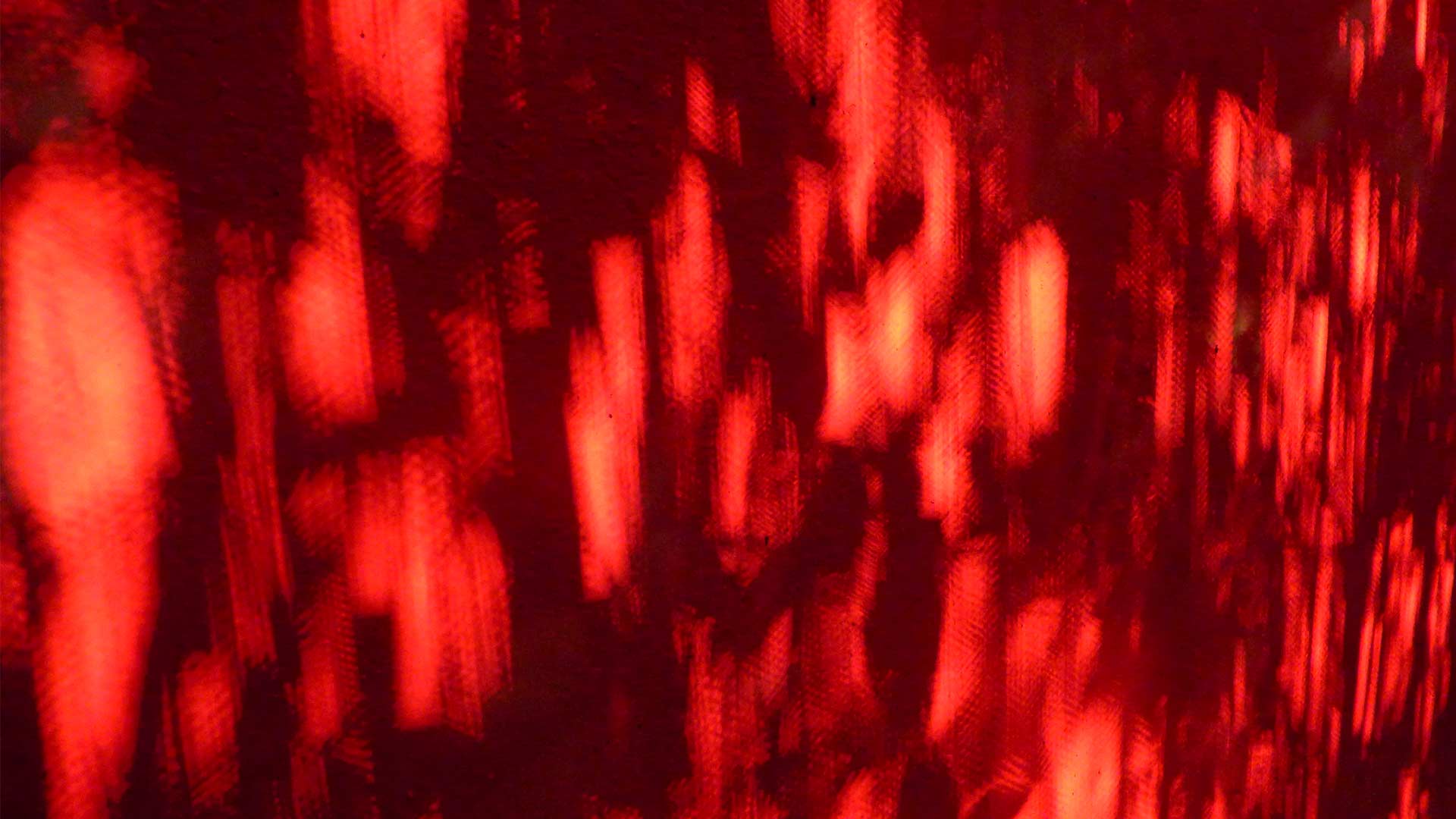The eye is a complex organ, so how do we see light?
The eye is a complex organ that is designed to collect and focus light onto the retina. In doing so the individual photons of light stimulate sensors located on the retina, which in turn are converted into electrical signals that our brain interprets as visual perception.
The eye changes and adapts to visual intensity due to the presence of two types of light sensors in the retina called rods and cones.
Cones are less sensitive than rods and are located in the central area of the retina called the fovea. Excited by high levels of light, cones are responsible for colour vision, also known as photopic vision.
Conversely, the low-light sensitive rods are located around the outside of the fovea. Rods are responsible for ‘night-vision’ called scotopic vision. (It’s easier to see an object at night if you look slightly to the side of it due to the rods being located off-centre on the retina).
Therefore, as the light level is reduced, cones become less active and rods become more active. The human eye uses pure scotopic vision in the range below 0.034 cd/m2, and pure photopic vision in the range above 3.4 cd/m2. The range in between, when both photopic and scotopic vision is in use, is called mesopic vision.
Interestingly, sensitivity to different wavelengths of light depends upon which type of vision is being used. In full photopic mode our eyes are most sensitive in the green / yellow part of the spectrum. In mesopic mode our sensitivity shifts towards the blue end of the colour spectrum.


